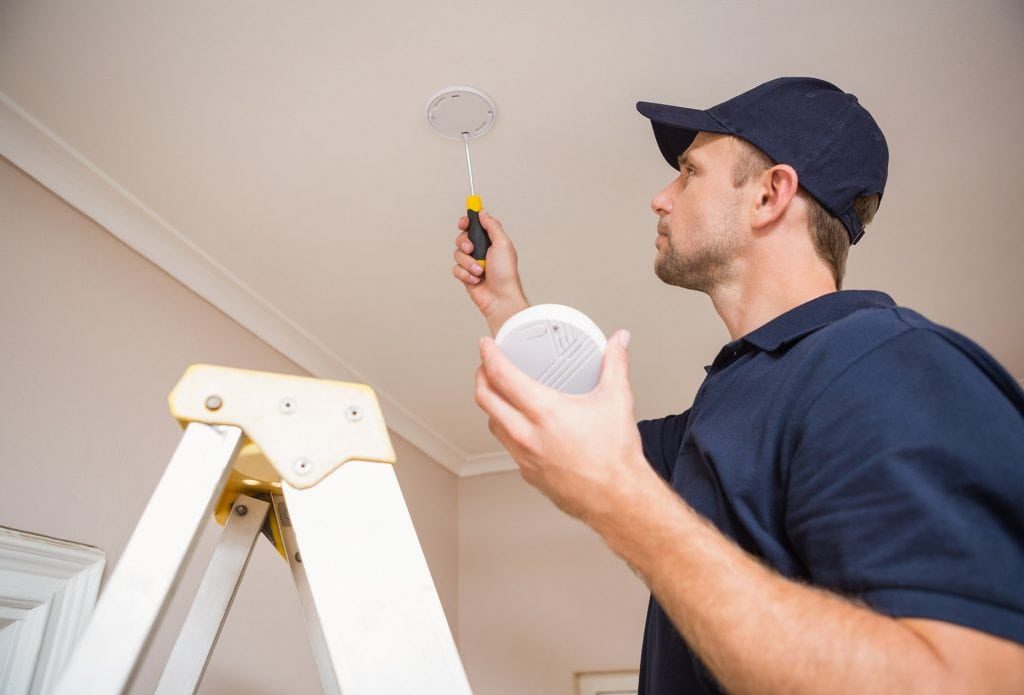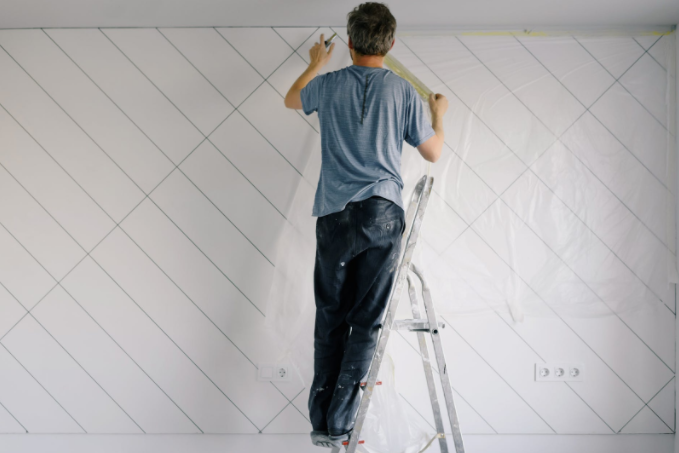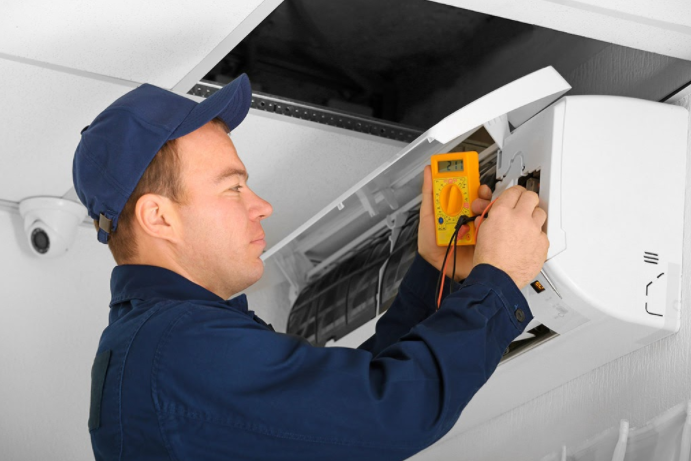Preventative Fire Standards and Safety Tips

Fire accidents are devastating, and they happen unexpectedly, leading to high financial costs, lost lives, and injuries!

When fire accidents occur, they can quickly spread and engulf a home in as little as five minutes, with the flame and heat threatening everyone’s lives within the path. In the United States, residential fire accidents claim lives for an average of seven people a day. Fortunately, fire incidents are preventable. Below are some fire safety preventive standards to stay protected and have a safer place for everyone.
Install Smoke Alarms
The installation of smoke alarms serves as your early warning system and a significant step in avoiding the spread of fire and minimizing the risk of death or serious injuries. When installing fire detector alarms, it should be interconnected; interconnected smoke detector alarms can effectively alert the whole system as they communicate through the primary fire control system.
Having drywall fire-rated access panels can protect your main fire alarm control panel from any unwanted substance that might affect the system’s functionality; it also has a very high resistance against fire. You should install those alarm detectors near the sleeping area, including in the basement. If a family member has a disability like a hearing-impaired, ensure to include the flashing light alarms instead of just an audible alarm.
Monthly Test of Smoke Alarms
It is not enough to only install a fire alarm system throughout the home. It needs to be checked regularly and tested monthly to ensure the system is working accurately. In addition, it is advisable to replace the batteries annually, and you should replace the entire fire alarm system every ten years.
Keep or Install a Fire Extinguisher
Keep a fire extinguisher to quickly put out just started fire or any small fire in your home. There are five types of fire extinguishers, and each type puts out a different kind of fire. For instance, class A meant for a wood fire, D for flammable meant for factories, And A, B, and C for multipurpose use, B for flammable liquids, and C for electrical fires. Most homes use fire extinguishers labeled as B-C or A-B-C fire extinguishers.
Check the fire extinguisher pressure gauge regularly to ensure that it is still functioning or has enough pressure during emergency use. Most of us have a fire extinguisher but don’t know how to use it. To properly use the extinguisher during a fire emergency, remember the acronym PASS, Pull, Aim, Squeeze and Sweep.
Create an Escape Plan
During fire emergencies, you need to get out fast; creating an emergency escape plan can significantly prevent severe injuries or fatalities. Sit down with your whole family to ensure that everyone knows the escape route and knows where the unobstructed exits are in case of emergencies. Having your entire household practice a fire exit drill twice a year can help a lot.
Avoid Indoor Smoking
Cigarette ash is a high risk of carpets, upholstery, and bedding catching a fire. And when smoking outdoors, ensure the cigarette butts is entirely out of the fire and put them in a safe place like a can filled with sand and do not ever drop anywhere.
Cook Safely
The kitchen area is where the fire safety rules need to be in place. The kitchen space has gas, electricity, and other flammable materials and ingredients like cooking oils. It is not advisable to leave the stove unattended while cooking, especially when frying or boiling. Children should not play in the kitchen or access some of those high-risk materials without any supervision by adults.
When cooking, you should avoid wearing loose clothes or long sleeves to contact the hot burners or stove flames. Additionally, avoid putting combustible materials on the hot surface like potholders, paper towels, etc.
Electrical Safety
Electrical equipment and appliances are necessary for every household; however, a cord and wires for this item can potentially cause fire hazards if misused or damaged. Therefore, regular inspection of all electrical parts, cables, plugs, outlets, breakers, appliances, etc., is necessary to ensure that it is still safe to use and avoid any electrical accidents leading to fire accidents and fatalities.
There is no guarantee that a fire accident will never happen in your home or commercial space because fire accidents can occur unexpectedly and unintentionally. But these tips and information above can significantly reduce the risk of fire and make your whole family feel that they have a safer home.






